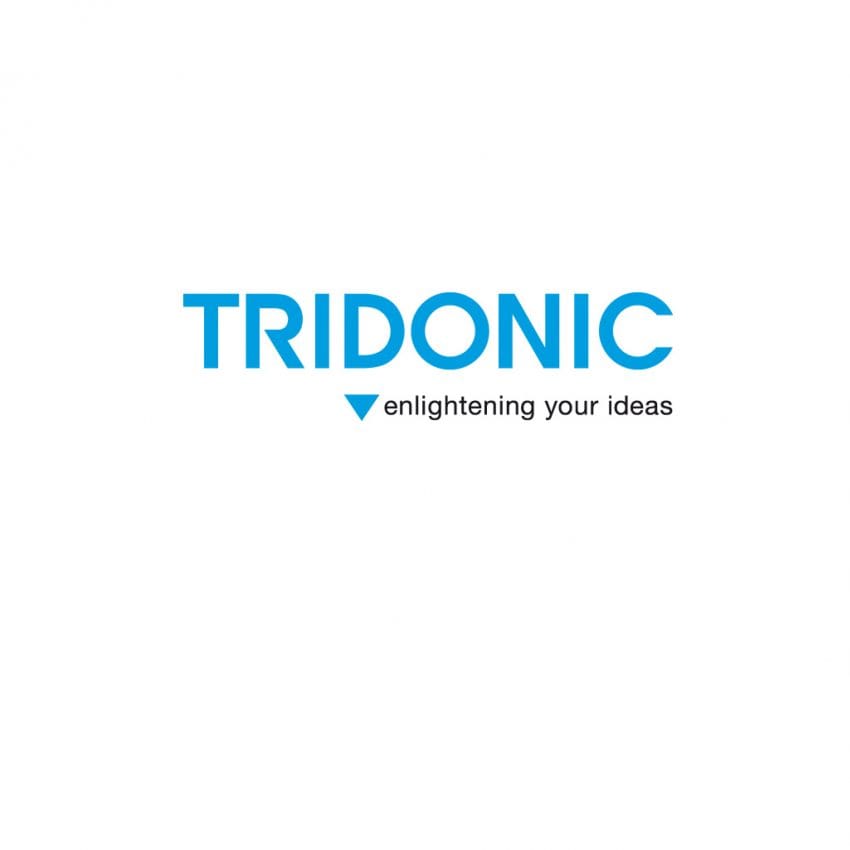But here we are, thirty years along the track and LED is being hailed as the only light source for the foreseeable future.
LED For Life
With a 50,000 hour life term becoming the norm. For reference, there are 8760 hours in a year, and not much lighting burns 100% of the time, so you can work out what 50,000 hours might mean in practice.
What is not advertised is what happens to the light over that period of time. We all experience the ageing of technology, whether it’s a motor car or an electric kettle. Over time, they don’t work as well as they did when first unwrapped. What does this mean for the LED light source?
Old-fashioned filament lamps knew how to die – they went ‘pop’ and that was it. The newer stuff never seems to know when to give up and just go on and on, delivering poorer and poorer performance until they’re reduced to a glimmer. Sounds like a 70s rock band. Maybe this was cause of the figures coming from the labs; the LEDs wouldn’t die.
The commercial response is to determine the end of ‘useful life’. There are two things that we’re concerned with here: the loss of light output and the loss of colour quality over time. Manufacturers will provide different figures depending on the confidence that they have in their product. Xicato, for example, quote a 20% fall-off in light output over 50,000 hours and NO fall-off in colour constancy. That’s quite a claim to be able to make.
Energy Efficient Lighting
A key aspect of Contrac Lighting is our supply and installation of energy efficient lighting.
Every business strives to get the best value from their services, and that includes overheads such as electricity bills. We are available to advise you on the most energy efficient lighting solutions for your requirements from warehouse lighting to gallery lighting, we work across a range of businesses and have experience in designing and manufacturing the best lighting solution for your needs.
As a general rule, LEDs produce equivalent light output at approximately 60% of the rated lumens of fluorescent and HID alternatives. For example, an LED producing 600 lumens is equivalent in light output to an HID bulb rated at 1000 initial lumens.
LED & Colour
The final test of an LED has to be in the quality of the light that it produces – not its efficiency, nor its longevity, however important those factors may be. No – the single most important issue is whether the light is any good. The first generations of architectural LEDs only produced coloured light – there was no WHITE light available. The development of the WHITE LED was seen as the Grail that everyone in the industry sought. And today it seems that we’re in a mid-evolutionary condition where the world is being shared between Neanderthal LEDs that demonstrate very little colour sophistication and a breed of Lux Sapiens that can (almost) decide for itself what tone of WHITE it would like to be.
Let’s talk about WHITE light, because a long battle has been fought to achieve it. In a similar way to the fluorescent tube, the ‘root colour’ of an LED is BLUE. The WHITE light comes from a process of phosphor coating, which acts on the BLUE light and transmits a WHITE light, the tone of the light being based on the make-up of the phosphor coating.
The real issue for LED developers and luminaire manufacturers is to ensure colour constancy in the WHITE light from the many millions of LEDs that are produced in the world. A method of measurement had to be agreed, and that method has become known as the MacAdam Ellipse Tolerance. The MacAdam Ellipse Tolerance method is a way of describing how efficient the LED source is, and the lower the number, the better the LED colour performance. A common value for LED is a 7-ellipse tolerance. An excellent quality of colour performance would be a 1- or 2-ellipse tolerance.
But while we’re about it, let’s not forget a corresponding issue – it might be an ‘accurate’ WHITE light, but is it a good WHITE light? And what does a good WHITE light mean anyway? Our idea of a good WHITE light is based on nature; it’s what we see out of the window, or from what we see when we set fire to something. Those ‘natural’ WHITES have been measured and have been plotted onto colour diagrams, so whenever a new WHITE light comes along we can check it against the reference colours. The accuracy between the two is known as the Colour Rendering Index., where an Index value of 1.0 is perfect – and anything less than 0.8 isn’t worth considering. The latest commercial struggle in the LED market is based on whether your LED is better than 0.9, and there’s no reason why it shouldn’t be – though there are plenty of LED products offering +0.8 which are absolutely fine for general usage.
So, there you are: two things to look at when you’re searching for a good LED light source – what is its MacAdam Ellipse Tolerance and what is its Colour Rendering Index.






